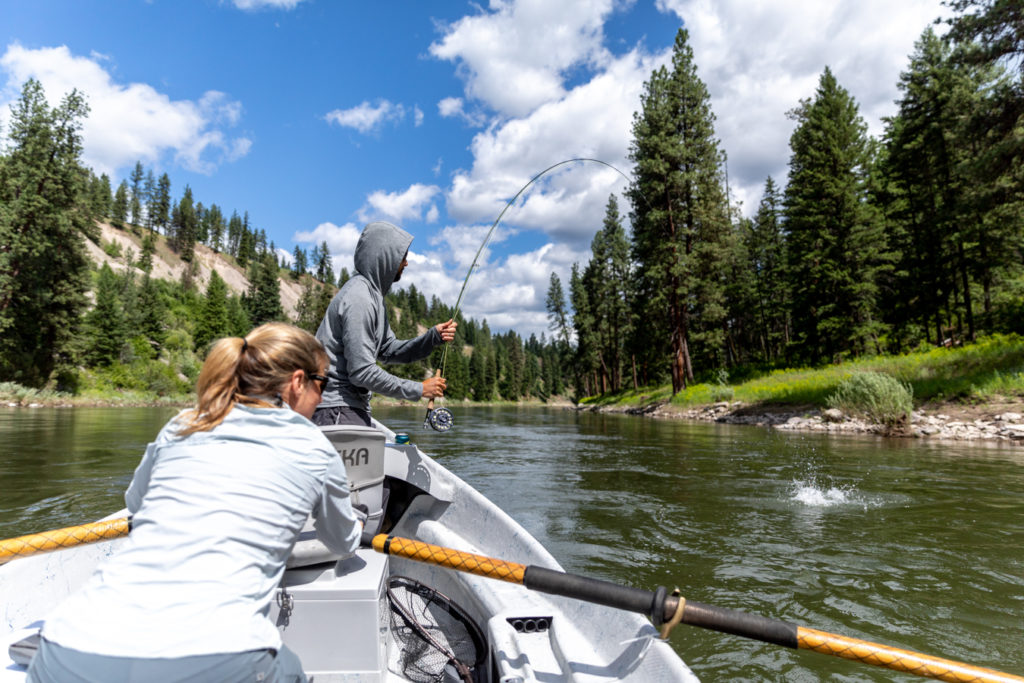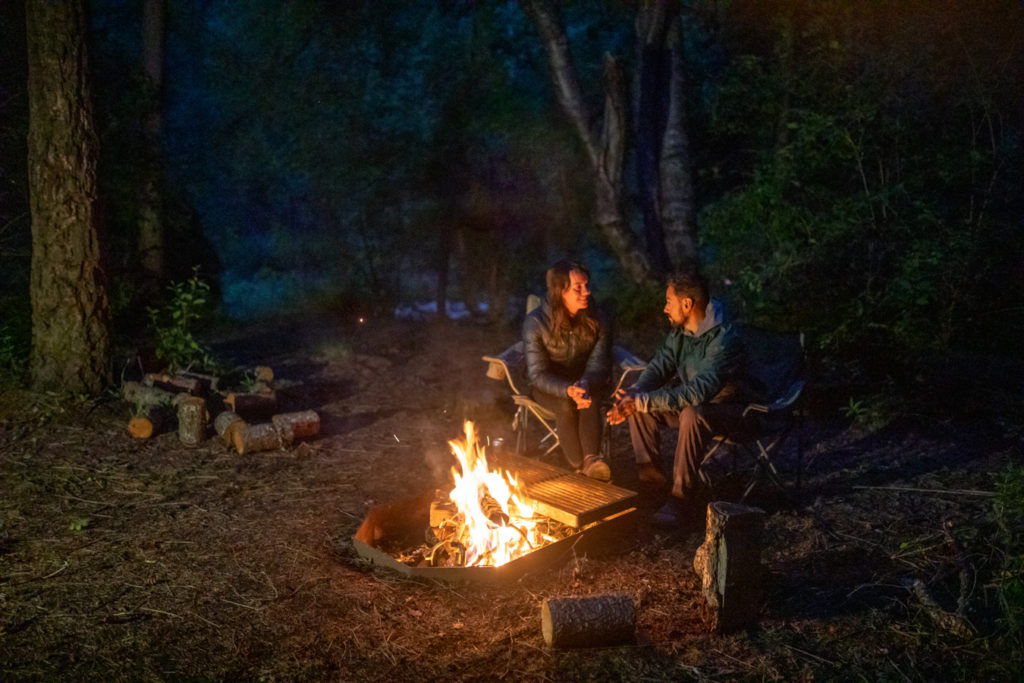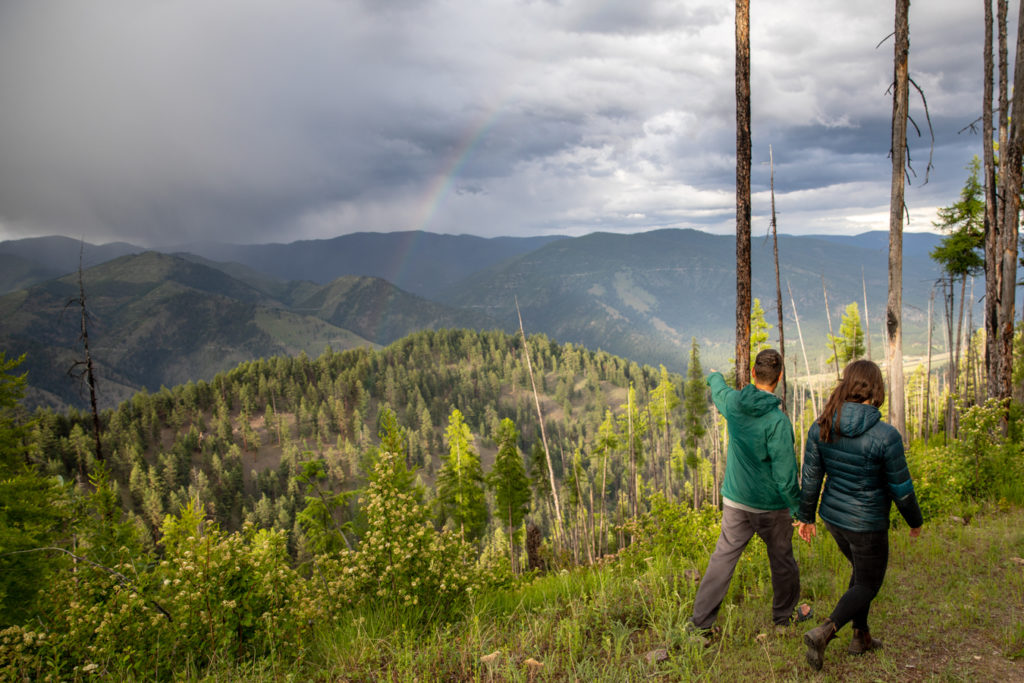One of my favorite aspects of my job is seeing the nooks and crannies of Montana that most miss. No one ever hires me to shoot Glacier National Park or Yellowstone, because, let’s face it, those areas don’t need any help with visitation. Recently, Glacier Country Tourism[ hired me to photograph the I-90 corridor between Missoula and the Idaho border. As someone who has driven this corridor many times, even I didn’t believe what I’d find hidden just off the interstate
One of my favorite aspects of my job is seeing the nooks and crannies of Montana that most miss. No one ever hires me to shoot Glacier National Park or Yellowstone, because, let’s face it, those areas don’t need any help with visitation. Recently, Glacier Country Tourism[ hired me to photograph the I-90 corridor between Missoula and the Idaho border. As someone who has driven this corridor many times, even I didn’t believe what I’d find hidden just off the interstate.
Day 1:
My first morning, I met up with a fishing guide and a few friends to set out on the Clark Fork River from the Tarkio ramp. After a few miles of floating through scenic canyons, dense forests, and a sun-filled morning, we took out the boats at Forest Grove. We had our fair share of fish that we released to catch another day, and we set our sights towards the quaint town of Superior.

Priority one was, of course, a stop for lunch at Durango’s restaurant to fuel up for an evening of adventures in the Bitterroot Mountains. From there we headed just a few miles down the road to the secluded Trout Creek Campground to set up camp as we grabbed some maps to determine where we’d head for sunset.

We quickly learned that the Bitterroot Mountains are home to a network of Forest Service roads that would take a lifetime to explore. But the words “Thompson Peak Lookout Tower” caught my eye, and immediately I knew that’s where we needed to head. Winding up the dirt road we found ourselves constantly stopping to take photos of the surrounding mountains and Superior down below. The tower has a gate locked a few miles down the road, but we were able to park and head out on foot. In every direction was a sea of wildflowers set against an idyllic mountain vista. As the sun began to set, a quick rainstorm left us with a perfect rainbow right above Superior.

Day 2:
The small towns along I-90 can be described as nothing less than charming, so we dedicated our second day to exploring these quaint communities. Our first stop of the day brought us to Alberton and the Montana Valley Bookstore, and, honestly, I would have been fine had you left me there for the day. This iconic bookstore is home to more than 100,000 used books, and I’m always a sucker for a good vintage book.

After a morning of overwhelming my senses with that perfect used-book smell (you know the one I’m talking about), we headed down the road to St. Regis and the Travel Center. The iconic Travel Center has been a driving break for the weary since 1962 and claims to have the best damn[KPD2] huckleberry milkshake known to man…and that’s not a claim I can help but test (spoiler: it is). It’s also home to an abundance of Montana-made gifts, snacks, a café, and even a live-trout aquarium.

No trip to the I-90 scenic travel corridor is complete without a trip to Haugan and the 50,000 Silver Dollar Bar. But I have to say, the 50,000 Silver Dollar Bar is in need of a new name after learning that it’s now home to more than 70,000 silver dollars and growing. After a long day of exploring, we headed back to St. Regis to rest up before a big third day.
Day 3:
The alarm clocks went off early and the excitement was building as we raced out for an epic day of biking. The Route of the Hiawatha[AS4] bike trail is the crown jewel of the Rails to Trails program and lies just on the Montana/Idaho border. We started at Lookout Pass where we grabbed our passes before heading to the trailhead to begin the 15-mile ride. Don’t let the mileage intimidate you, as the trail is almost entirely downhill and easily done by families with young children.

The route was originally opened in 1907 and trains ran this route all the way until 1980 when the tracks were abandoned. The tracks were left vacant until 1998 when 13 miles of it were opened to the public for biking and hiking. Now the trail is world-renowned, and it’s an unbelievable experience to travel through 10 tunnels and over seven high trestles. Honestly, it was one of the highlights of my summer, but don’t expect to stay dry—getting muddy is half the fun!



Until next time, happy adventuring!
Andy


Leave a reply
You must be logged in to post a comment.